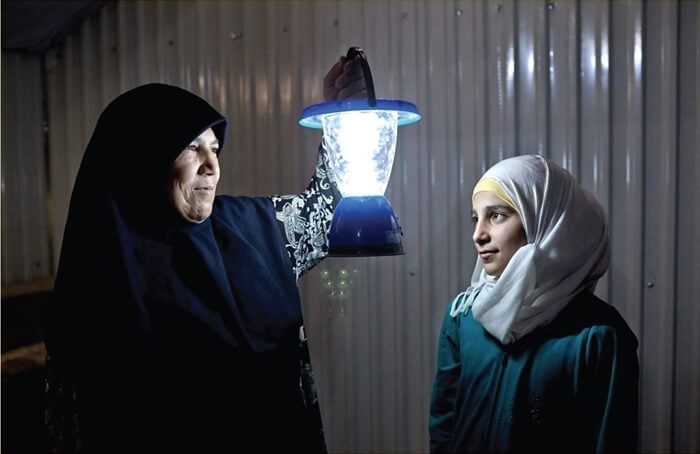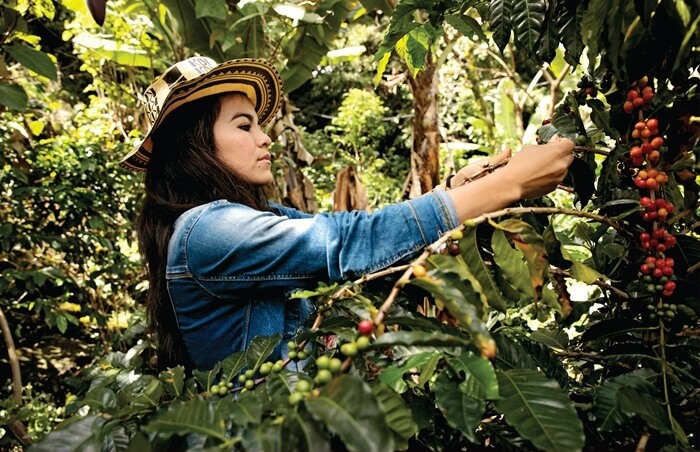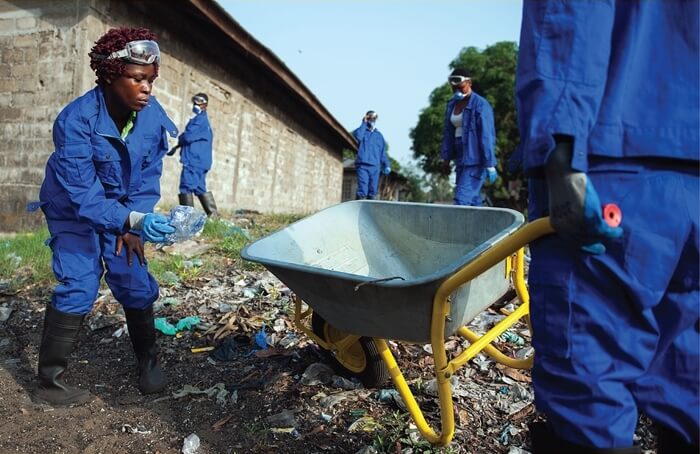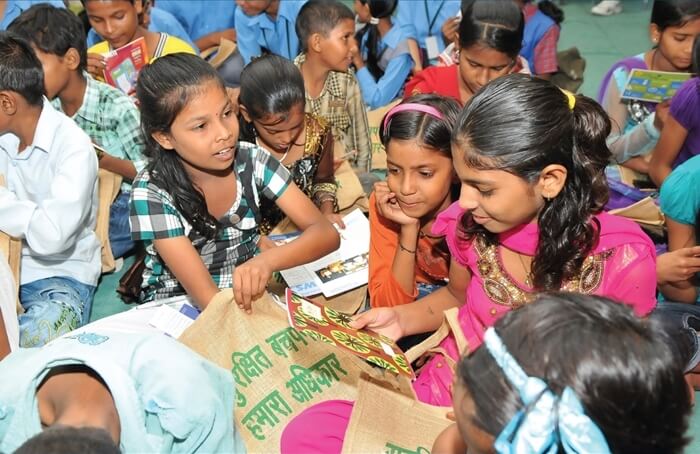Excerpt from ReliefWeb.int
Small islands sit on the front line against climate change. Remote, low-lying, and with limited natural resources, they’re among the most vulnerable to rising sea levels, declining rainfall, and extreme weather.
It can be an unfair reality to accept that, despite contributing less than 1% of total greenhouse gases, these island states stand to suffer the biggest and worst impacts of climate change.
For the communities that live on these islands, climate change threatens their livelihoods, and sometimes their very existence.
Below, take a look at four small islands in different regions across the world, and how, despite the challenges, they’re taking the lead in the fight against climate change.
CABO VERDE
Cabo Verde is an archipelago of 10 islands, located about 500km off the west coast of Africa.
Like many small island states, it has few natural resources and imports most of what it needs. Only 12% of the land is suitable for agriculture, and it has no natural forests.
Climate change has reduced rainfall, leading to persistent droughts and more frequent extreme weather events – most recently damaging flash flooding in September 2020, when nearly three months of rain fell in 24 hours.
80% of the territory is now considered to be at high risk of drought, and as rainfall levels continue to decline, water shortages are becoming increasingly common.
All of this is compounded by the fallout from COVID-19. In a territory where 35% of people live in poverty, the pandemic has caused the biggest recession in modern history, hitting tourism in particular – an industry worth 24% of GDP – extremely hard.
Despite these challenges, the government recently announced its updated national climate pledge, making Cabo Verde one of only eight countries to have done so as of April 2021. As part of its pledge, they aim to reduce emissions by 18% and source 50% of their electricity from renewable energy like wind and solar power by 2030.
With more than a hundred measures planned, the pledge, which was prepared with the support of UNDP’s Climate Promise, is expected to impact food, water and energy security, and improve resilience of the economic and social sectors across the country.

Island Innovation is a social enterprise and digital media company at the intersection of sustainable development and communications, offering specialised services across various sectors. We bring together the private sector, government, utilities, NGOs and universities to advance innovation for sustainability and prosperity in islands worldwide.















